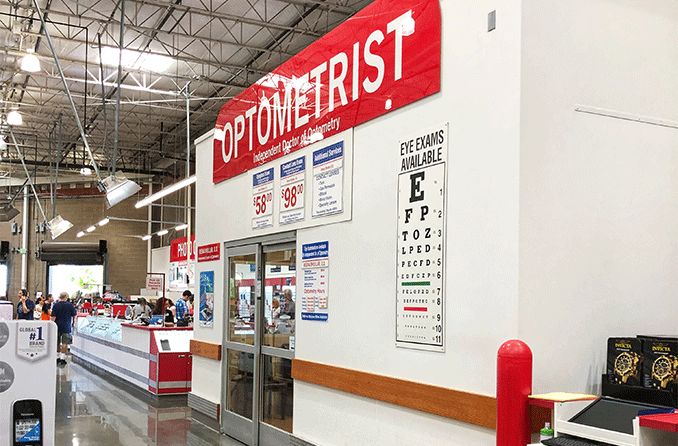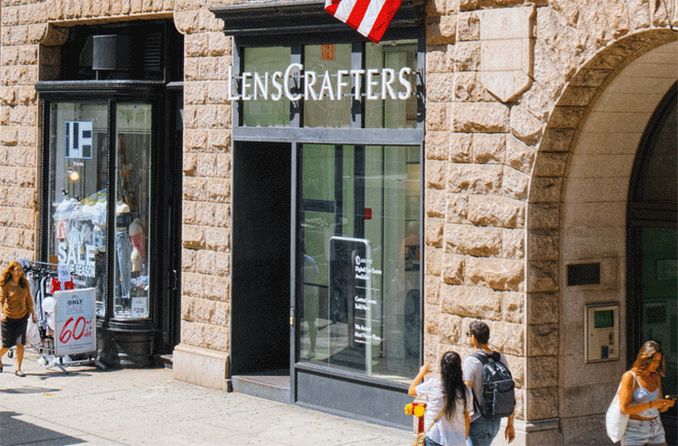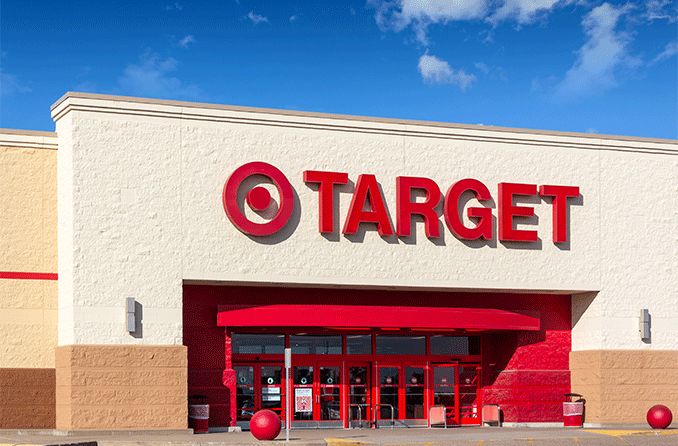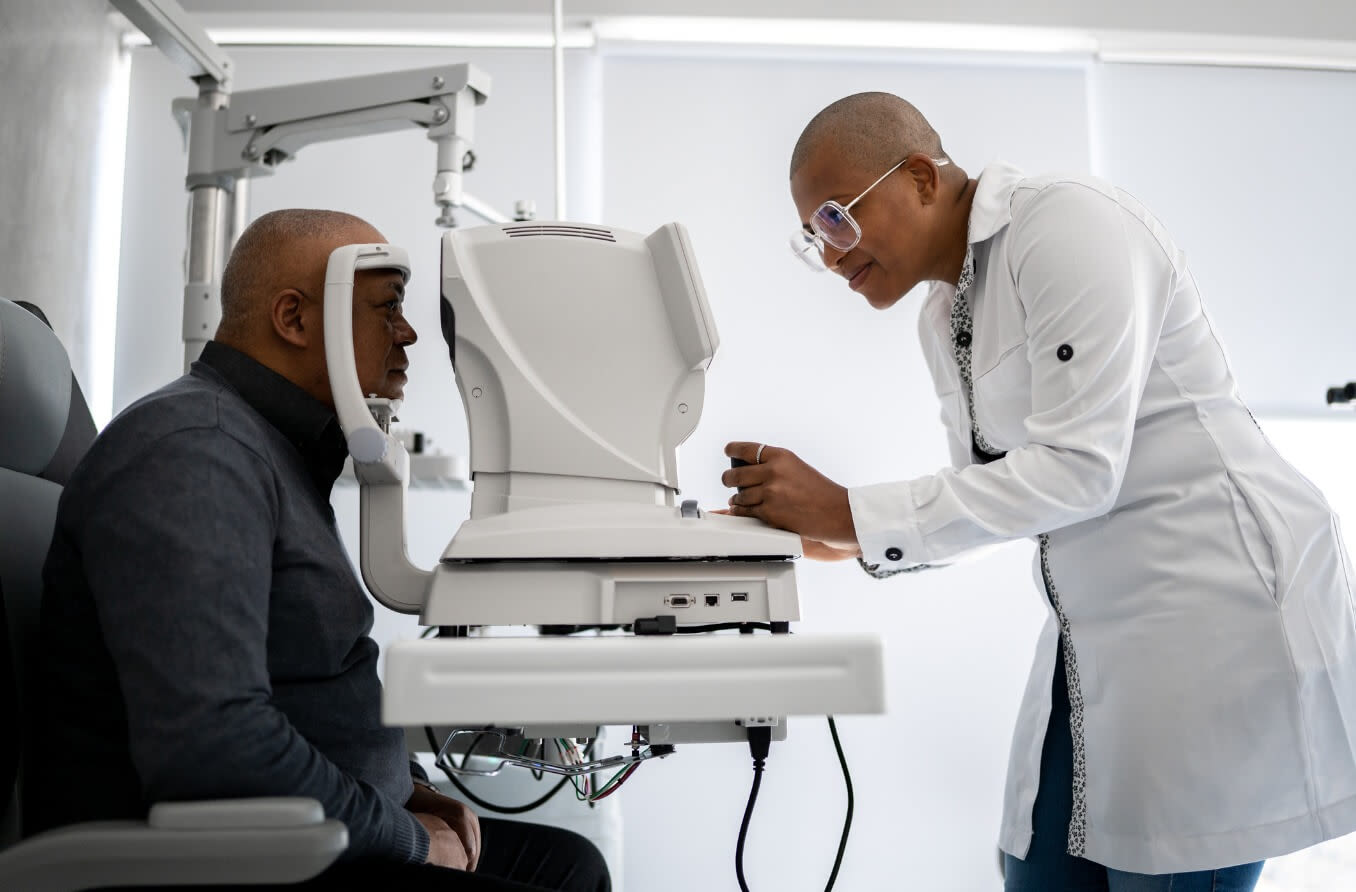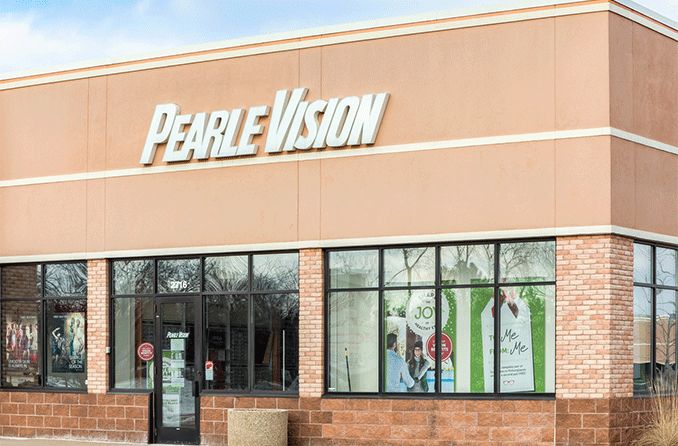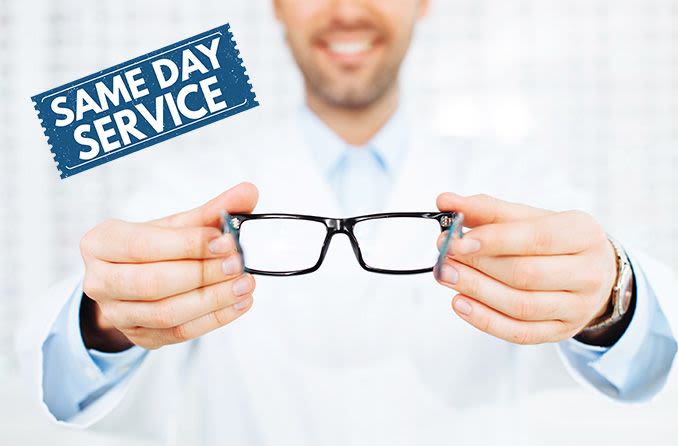Is a Walmart eye exam worth it?
Much like the groceries, home goods and just about everything else under its roof, you can usually count on a Walmart eye exam to be among the lowest priced in the area.
Cost is an important factor to most people who get an eye exam, especially when they’re paying out of pocket. Store-based eye exams, like the ones at a Walmart Vision Center, tend to offer the benefit of lower prices than their private office-based competitors.
But does affordability come with trade-offs?
SEE RELATED: How Walmart eye doctors stack up against other optometrists
How much does a Walmart eye exam cost?
An eye exam at a Walmart Vision Center will generally cost somewhere between $50 and $100 without insurance. But prices vary by store, so be sure to call ahead of time.
- In our survey of optical centers and doctors’ offices across the country, the average cost for an eye exam at Walmart in the continental U.S. was $75.
- Walmart was $35 cheaper than the overall national average: $110.
It never hurts to call around. But if price is on the top of your list, you’ll often find that store-based optometrists at places like Walmart, Target, Costcoand Sam’s Club offer some of the most competitive prices. Compared to the exams at these types of locations, Walmart was much closer to the average during our survey.
If you have vision insurance and plan on using it, check in with your Walmart location before you head to the store. Verifying your insurance eligibility ensures you won’t have any unwelcome surprises at the checkout counter.
Are eye exams at Walmart the same as everywhere else?
For the most part, yes. A routine eye exam with one of Walmart’s independent optometrists will be used to update your vision prescription and check your eye health using the same methods as almost any other routine eye exam.
Walmart doctors, along with doctors at other stores with optical centers, offer what is called a comprehensive eye exam. This painless process will test most or all of the following:
- Vision sharpness
- At which distances objects appear clearly and where they appear blurry
- The health of the inside of your eyes
- Fluid pressure inside your eyes
- How well your eyes move together
- Your side (peripheral) vision
- Color vision
The four main refractive errors — nearsightedness, farsightedness, astigmatismand presbyopia — are the most common reasons people schedule an eye exam with an optometrist.
Most cases of mild or moderate refractive error can be easily corrected using prescription glasses or contact lenses. You’ll receive your vision prescription after your eye exam.
READ MORE: Eye exams: A guide to your next eye exam
More serious or long-term conditions
Cost and convenience are two popular reasons people choose a store-based location like Walmart for their routine eye exams.
However, if you’re experiencing unusual eye-related symptoms, you may want to consider scheduling an eye exam with an optometristor ophthalmologist at a private eye care practice or medical center.
An optometrist at Walmart is just as qualified from a training standpoint as almost any other doctor of optometry. But private offices and medical settings are often better equipped to diagnose and treat more long-term or serious eye conditions.
Eye doctors in group settings can also consult with each other for a second opinion, if one is needed.
Alternatives to Walmart Vision Centers
A Walmart eye doctor can be a great way to have your eyes examined by a licensed optometrist for a more affordable price, but it isn’t the only option out there.
Eye exams at Target Optical locations, located in or outside the department store, may offer the closest, most widespread alternative to Walmart. Like Walmart, doctors at Target also tend to operate independently. America’s Best is another location to consider.
Additionally, wholesale clubs like Sam’s Club and Costco are also popular alternatives with similar setups. However, unlike Walmart and Target, you will need an active membership to buy glasses, sunglasses, contact lenses or other eye care products.
Optical retailers like LensCrafters and Pearle Vision are also options to consider for regular eye exams and prescription eyewear.
Rest assured, no matter where you get your annual eye exam, you’ll be seen by a licensed eye doctor and receive an updated vision prescription afterward.
And you can pat yourself on the back for keeping the health of your eyes and vision care in mind.


